It’s a frustrating, time-consuming and often expensive battle against head lice if you have a child at school, and you’re one of the unlucky ones.
Head lice—also known as nits, kutis, riha, utu, pediculosisor or kutu bugs—are small, wingless insects that live on the human scalp and feed on blood. While they don’t spread disease, they can cause intense itching and discomfort, especially in children. These persistent pests are most commonly spread through close head-to-head contact, making schools and households prime environments for outbreaks. Despite common myths, head lice have nothing to do with hygiene—they can affect anyone, regardless of how clean their hair is. In this article, we’ll explore what head lice are, how to spot them, and the most effective ways to treat and prevent infestations.1
Best Methods of Prevention
Trying to prevent head lice in your child is one of the better options, but not always achievable as head lice are so common and easy to catch – and they are better than rabbits at breeding! School kids are often in close contact, roughing and tumbling with their heads together, giving head lice the opportunity to crawl on board. Direct hair to hair contact is the most common way of spread. Less common is indirect contact when head ware such as hats, headbands, helmets, combs and brushes are shared. Adult lice don’t live for long once they leave the safety of the human head.
Brush hair every day. Sounds basic but this can kill or injure the adult lice. If their legs are broken they can’t hold onto the hair follicle to lay their eggs! Wear hair short, or long hair needs to be up off the face and neck tied in a ponytail (ideally plaited tightly as well).
What to Look Out For
Symptoms of head lice sound obvious but are not always easy to recognise. Some kids will be quite uncomfortable and scratch and itch their head and around their ears. They may have scratch marks or a rash behind their ears, on top of their head or around the hairline at the back of the neck. About 50% of children won’t scratch at all when they have head lice so that is why it’s so important to keep up with at least a weekly check. They will have head lice if you find a live insect (brown in colour, about 2 to 3mm long) and greyish/brown/tan-coloured eggs that are attached to a hair shaft within about 1.5cm from the scalp. Try sliding the egg to confirm it is a nit, they are attached firmly to the hair shaft and will be difficult to slide, unlike a piece of dandruff.




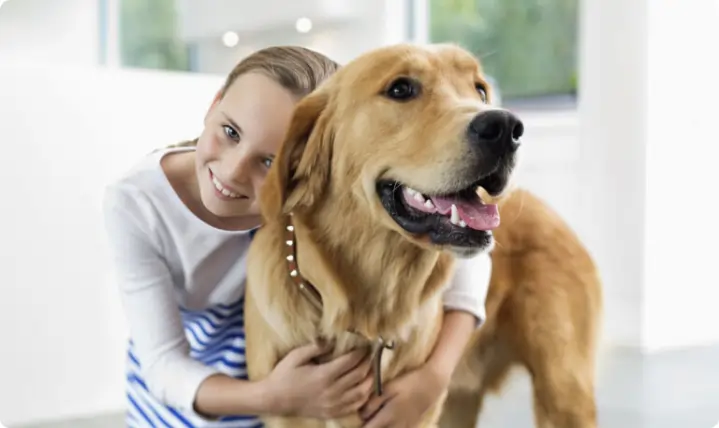

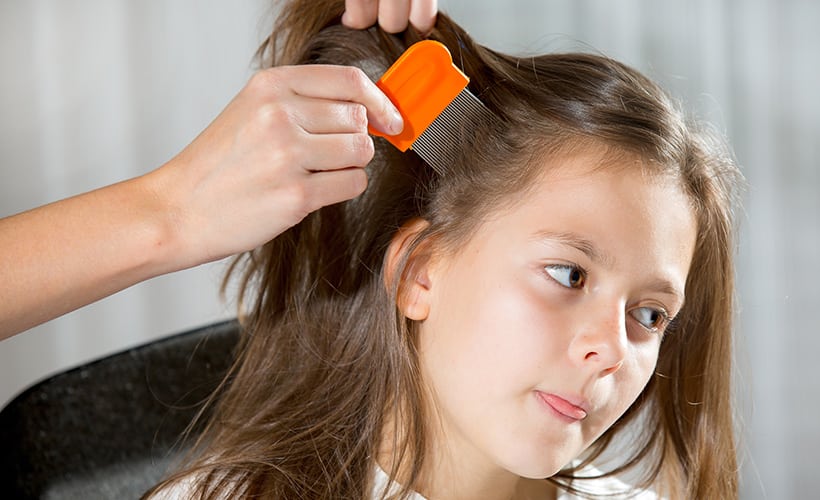


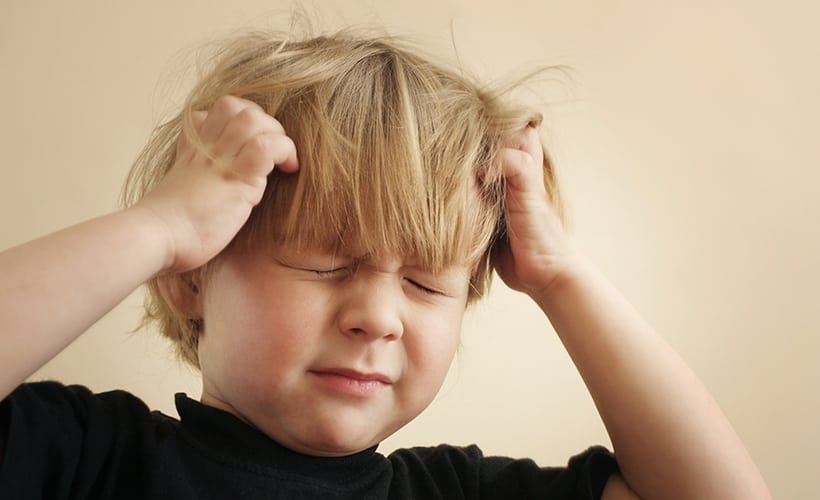
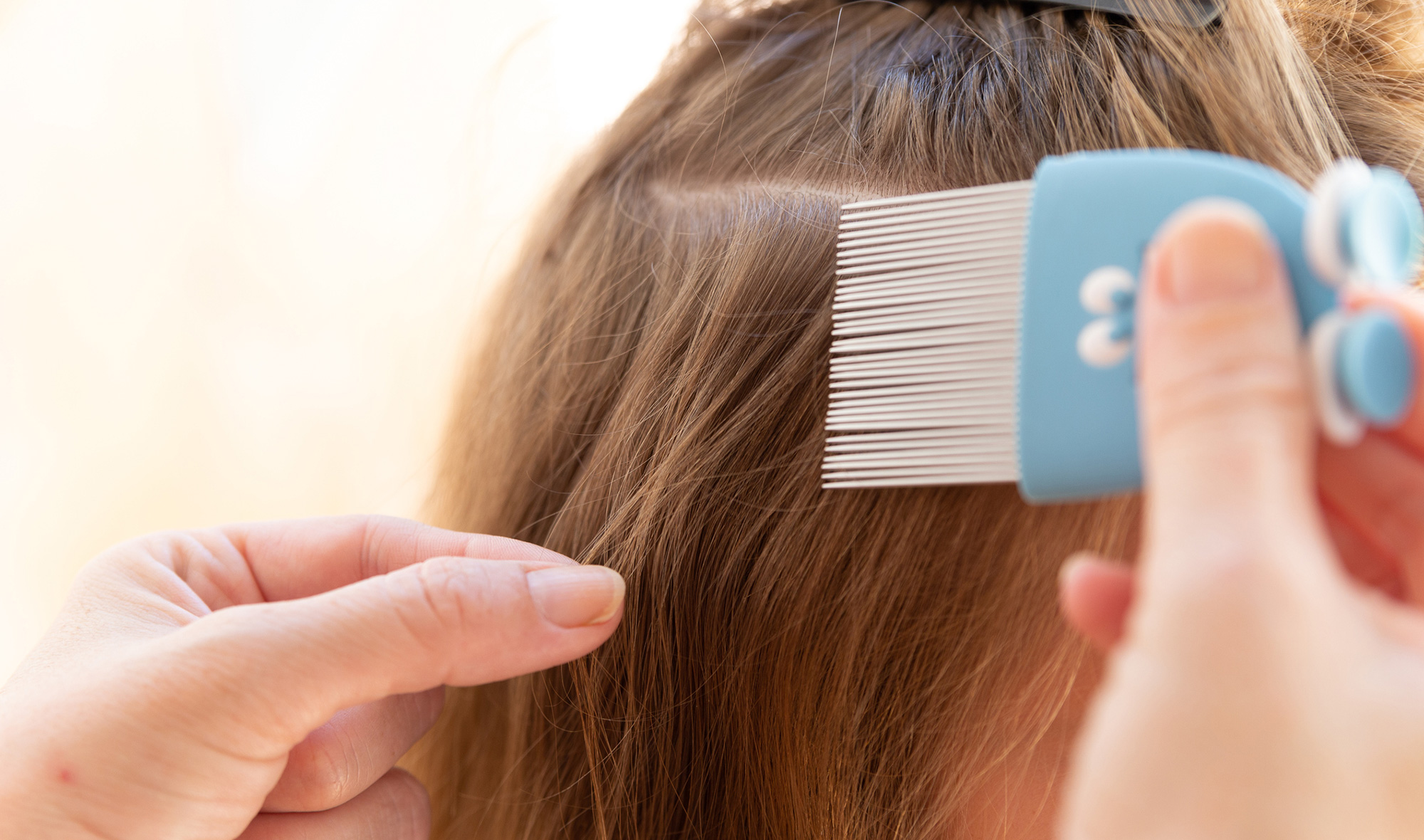
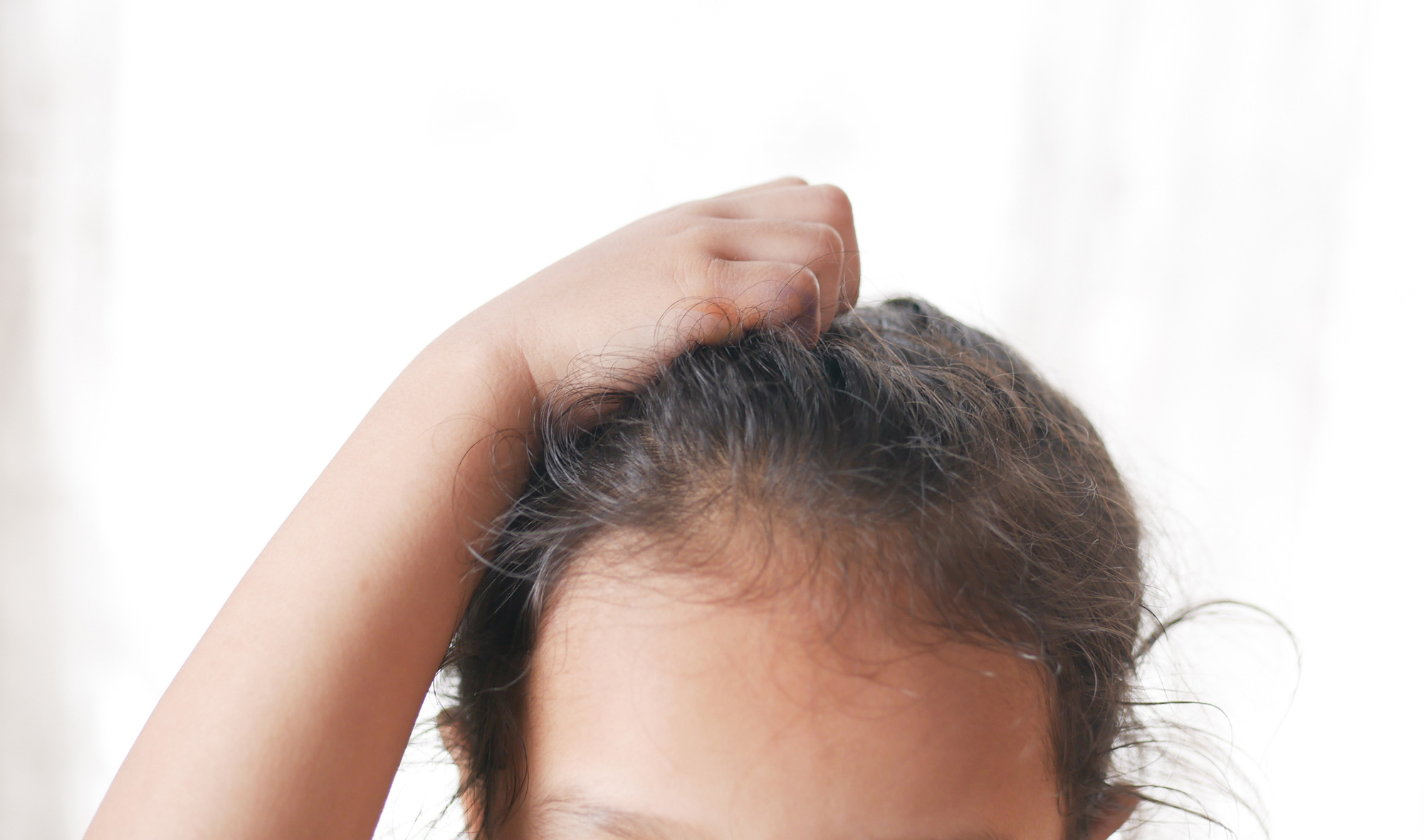


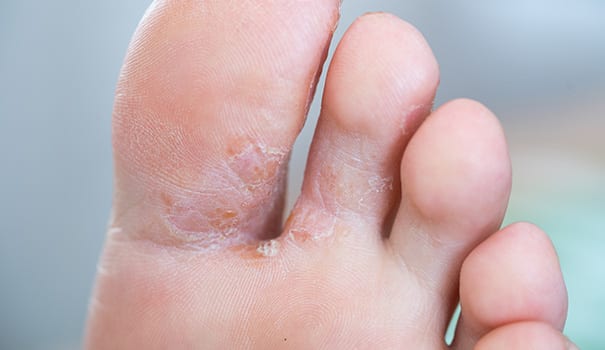
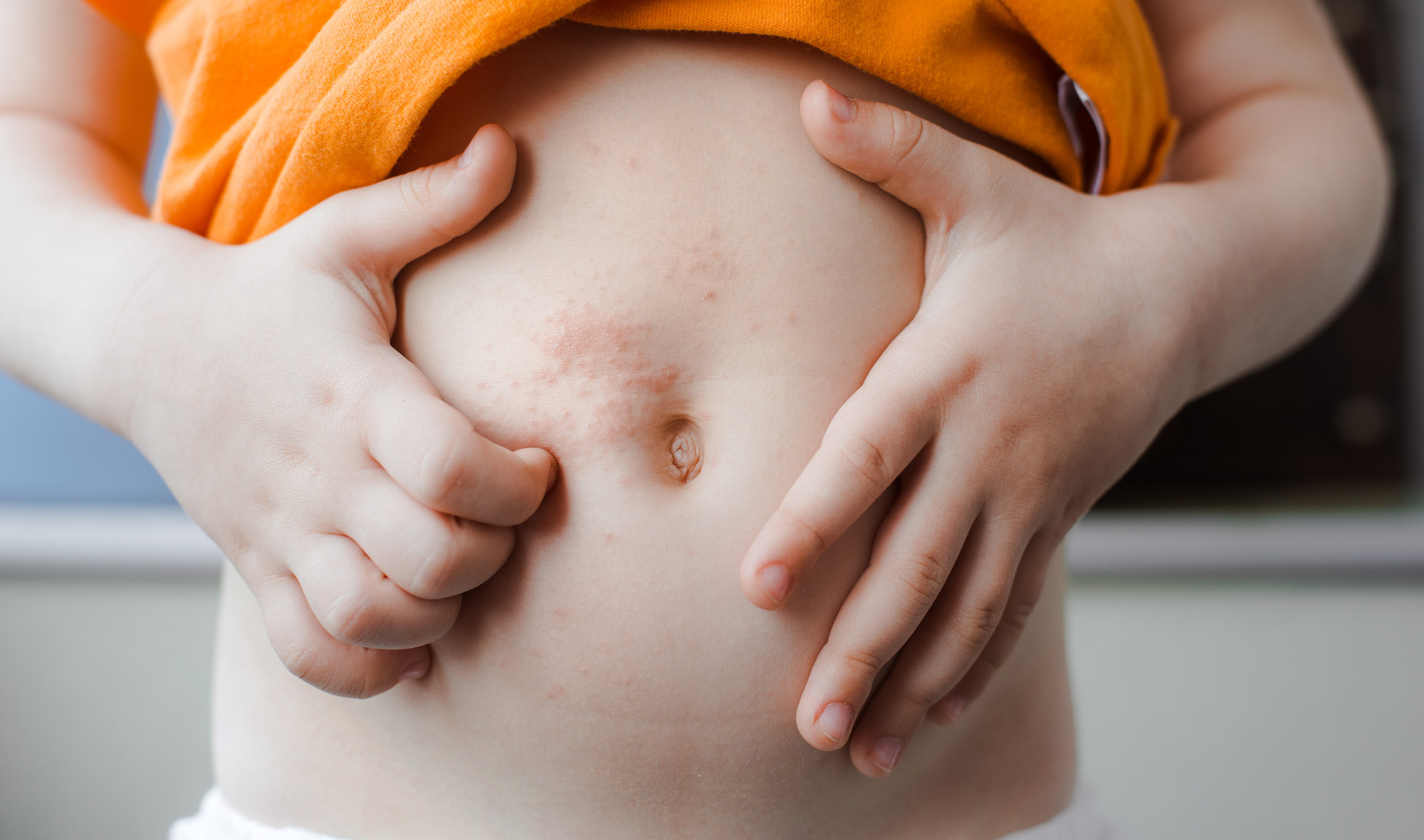
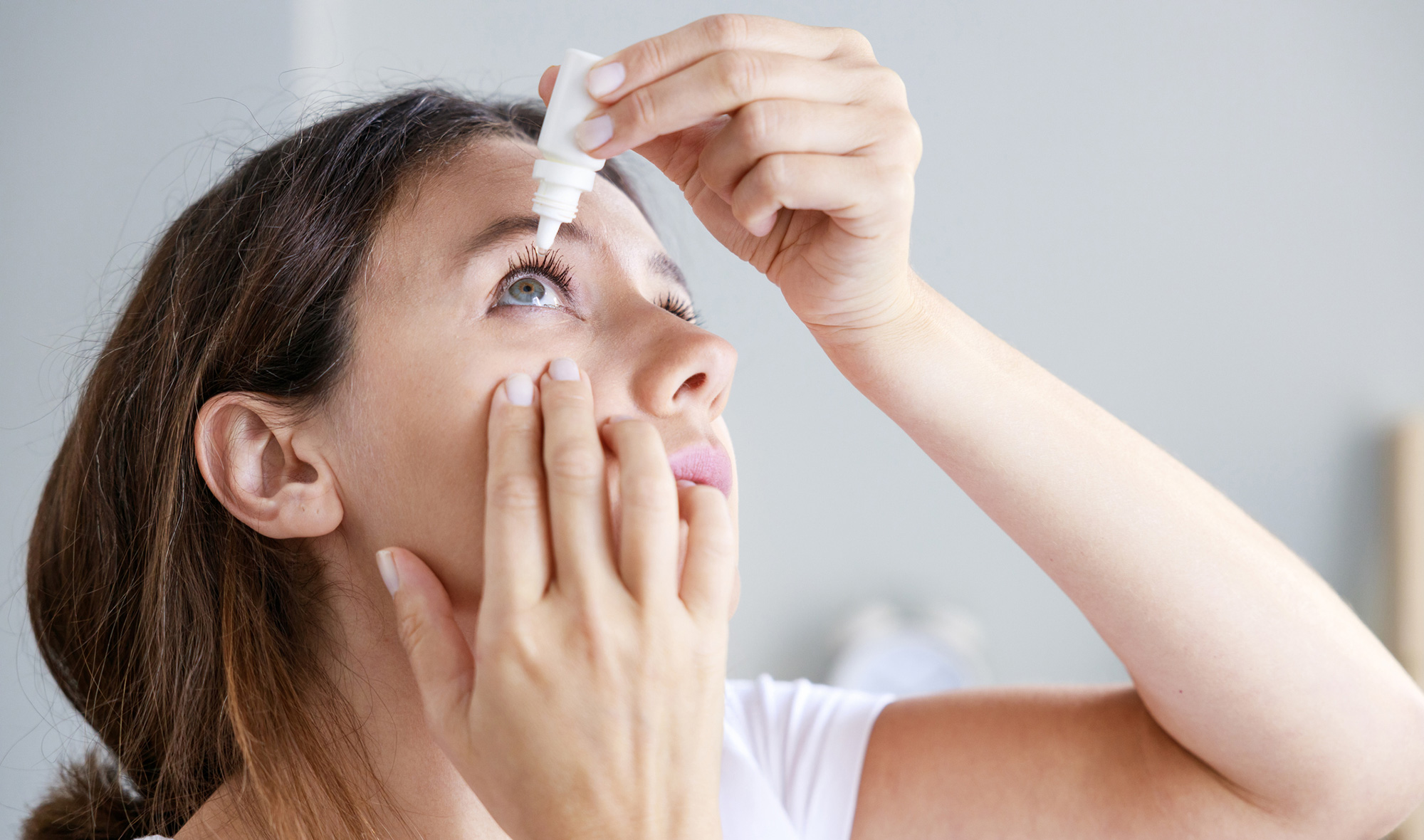

Community